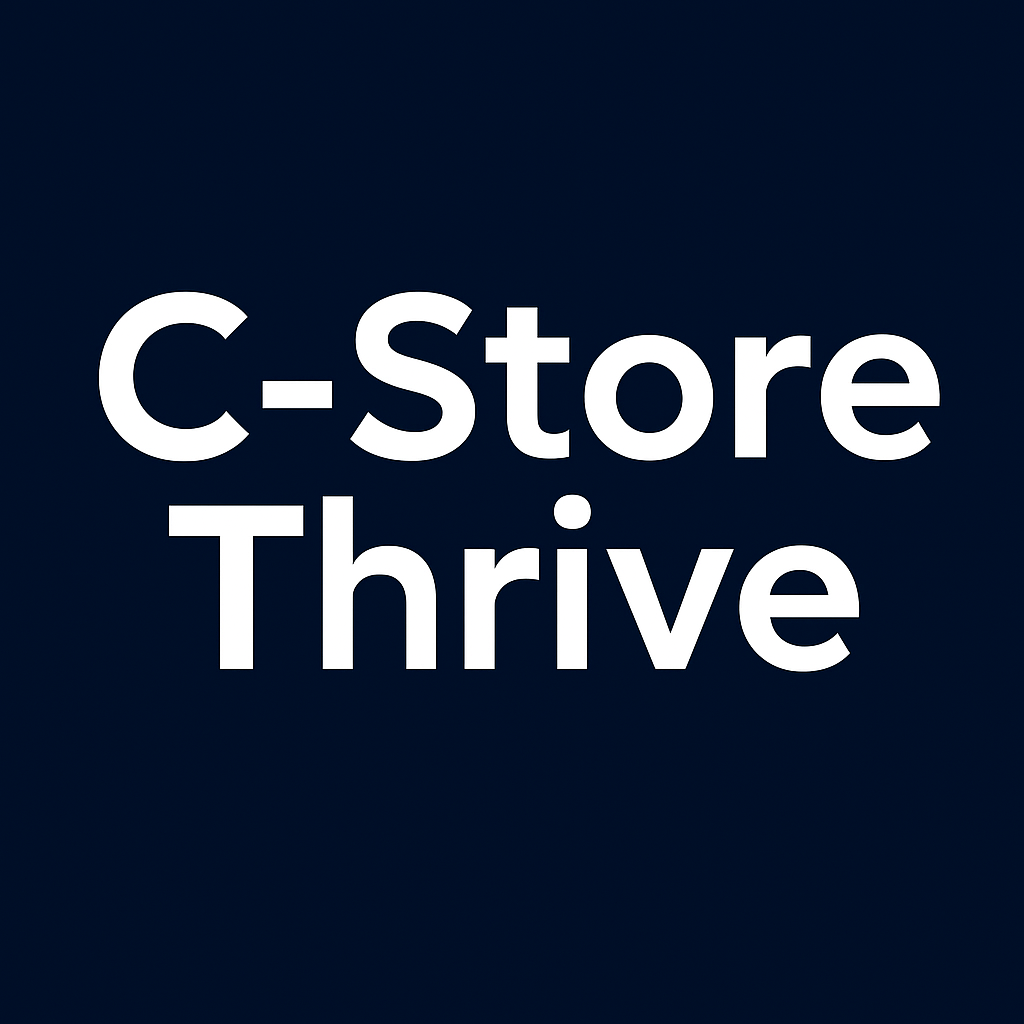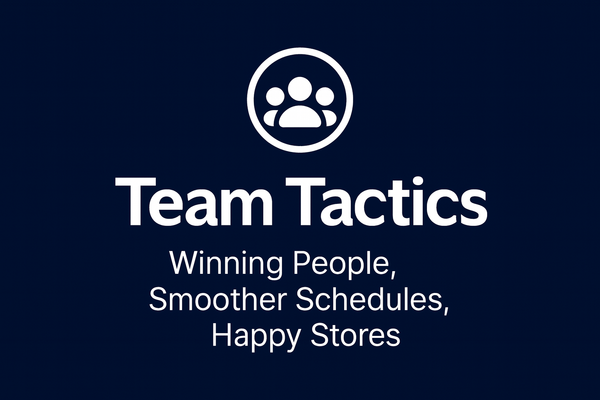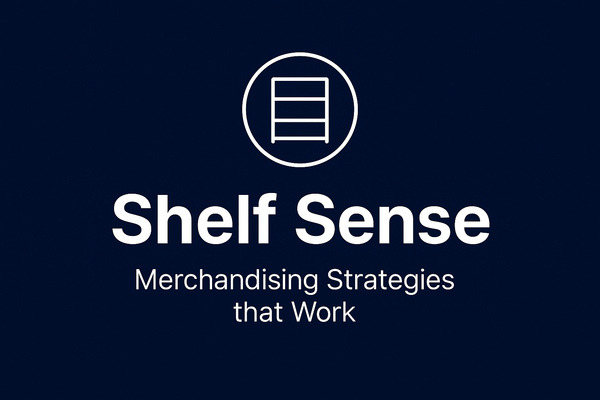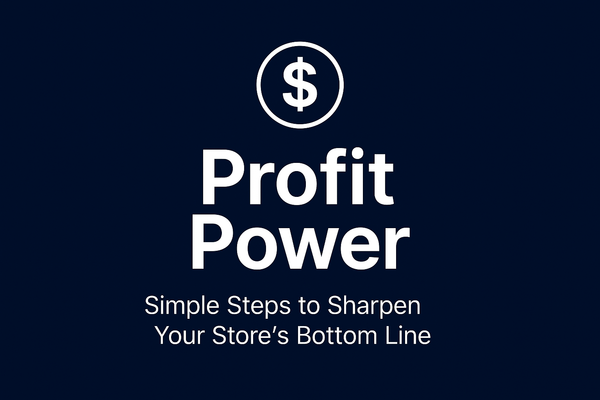How to Identify Best-Selling Products in a Convenience Store
Every inch of shelf space matters in convenience stores. Identifying true best sellers requires more than gut feelings - use POS sales reports, customer observation, cross-selling patterns, and seasonal awareness to stock smarter and boost sales performance.
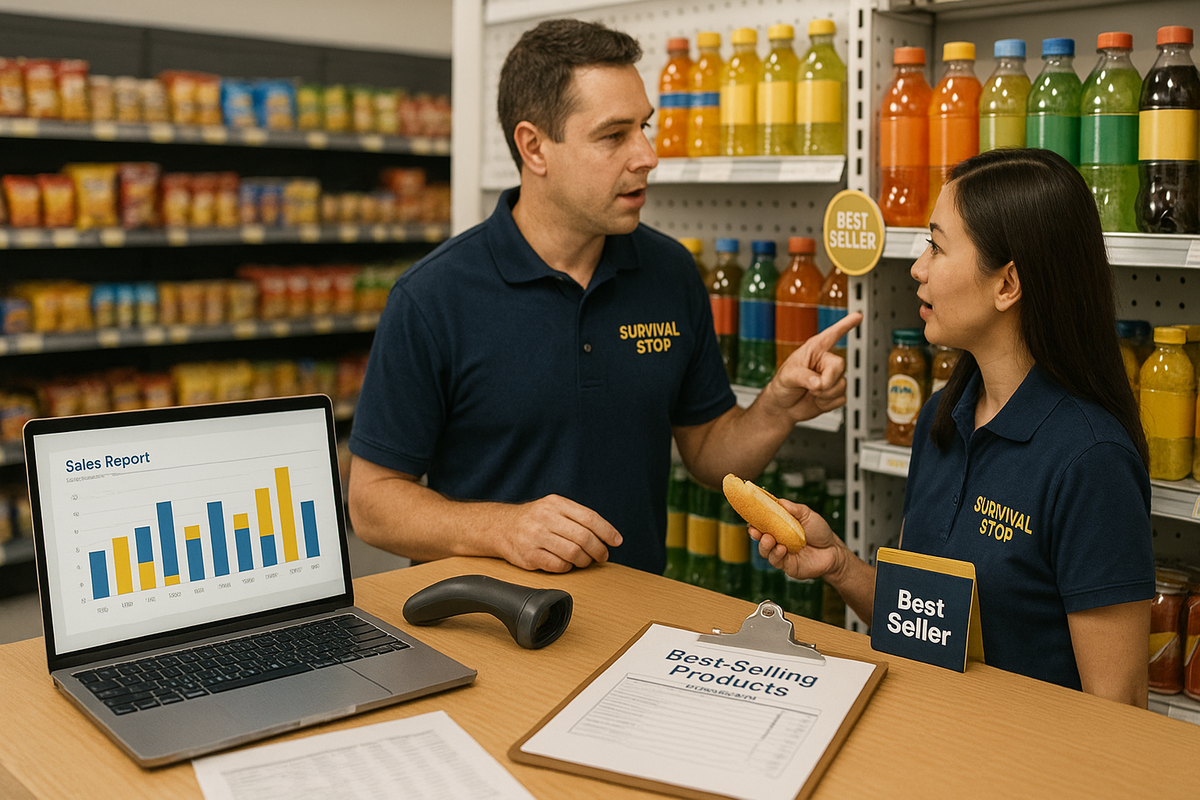
In a convenience store, every inch of shelf space matters. Stocking the right products in the right quantities can mean the difference between average sales and record-breaking days.
But how do you figure out what your true best sellers are? It’s not just about gut feelings or guessing based on what looks popular—there’s a method to it. And when you get it right, you’ll stock smarter, sell more, and make customers happier.
1. Dive Into Your Sales Reports
Your POS (point-of-sale) system is more than just a cash register—it’s a treasure chest of sales data.
- Run weekly and monthly reports to see which products are consistently moving.
- Look for units sold, sales amount, and sales frequency.
- Pay attention to seasonal spikes—something that sells slowly in January might explode in July.
Pro Tip: Compare this month’s top sellers to last month’s. A product climbing the rankings might be worth extra attention.
2. Trust Your Eyes and Ears
Not all trends show up immediately in the numbers.
- Notice what customers grab during busy hours.
- Listen for repeat requests—if three people in a week ask for a specific energy drink, that’s a sign.
- Watch for regulars buying the same item over and over.
3. Ask Your Customers
Sometimes, the best data comes straight from the source.
- Casual small talk at the register (“What’s your go-to snack?”) can reveal buying habits.
- Offer a mini-survey or comment card by the coffee station.
- Use social media polls to ask what customers want stocked.
4. Track Cross-Selling Patterns
Best sellers aren’t always individual products—they can be combinations.
Example: If customers who buy hot coffee often grab a breakfast sandwich, those items together form a morning sales power pair.
Knowing these combos lets you merchandise them together for even higher sales.
5. Check Your Competitors
If a nearby store is constantly running out of a certain soda or snack, chances are your customers will want it too.
Take mental notes during your own store visits elsewhere.
6. Seasonal and Event-Based Best Sellers
Certain products spike during:
- Summer: cold beverages, ice cream novelties, sunscreen
- Winter: hot coffee, soups, gloves, windshield de-icer
- Events: local sports games, concerts, holidays
Keeping track of these seasonal shifts ensures you don’t miss big sales opportunities.
7. Document and Review Regularly
Don’t just figure out your best sellers once and call it good.
Set a routine—monthly or quarterly—to update your list and share it with your team.
This keeps everyone aligned and ready to restock high-demand items quickly.
The Bottom Line
Identifying your best sellers is about more than making a list—it’s about using sales data, observation, customer input, and seasonal awareness to keep your store stocked for maximum sales potential. The more accurately you can pinpoint these products, the better your store’s sales, efficiency, and customer satisfaction will be.
